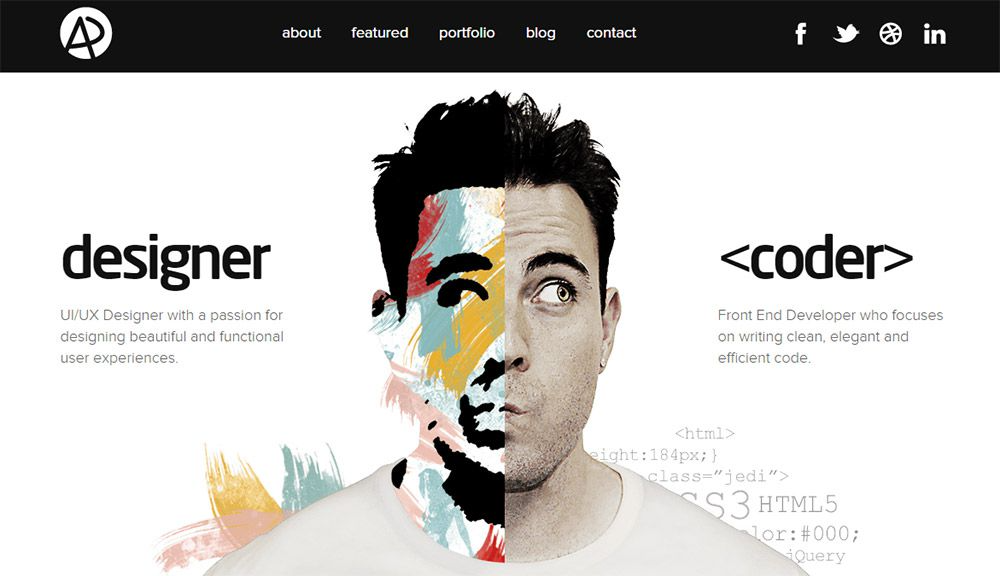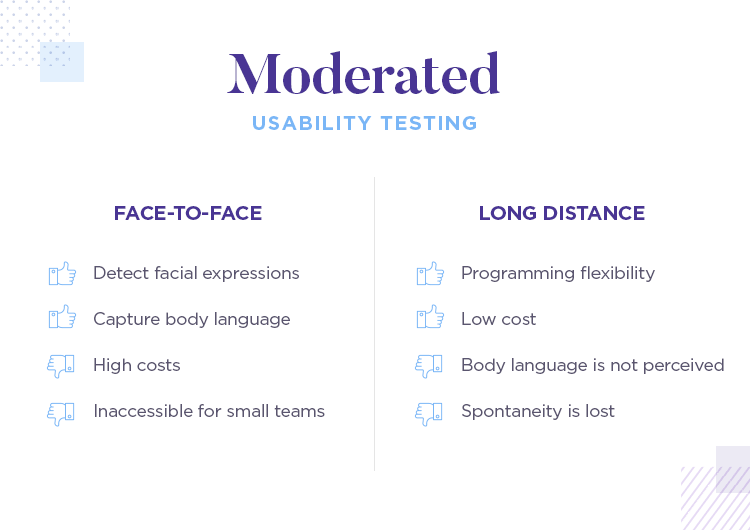
There are a number of key elements to consider when designing your app mobile design. These include following the latest trends in UI design, avoiding informational clutter, and ensuring that the entire user experience is smooth. Using these elements in your app mobile design will ensure that your customers are happy with your work.
Keep up with UI design trend
It is important to keep current with mobile app design trends. These trends can help you design app designs that appeal to your customers. There are many ways to keep up with them. You can participate in UI design networking events. You can also follow relevant blogs and participate on design challenges. These trends will help you stay one step ahead of your competitors.
3D elements can make your app's UI look appealing and more interesting to users. AR technologies continue to make 3D apps more popular. Another UI trend worth paying attention to is dark mode. This allows users to reduce screen brightness and even turn the screen dark, which can help reduce eye strain.

Create an intuitive interface
One of the most important factors when it comes to mobile apps is the user interface. It should be intuitive, user-friendly. A great user interface can help increase your revenue up to 23%. A lot of apps have many utilities. But a simple interface that is easy to use is crucial for your app's success.
Make the user experience a priority by designing the interface to be as simple as possible. The screen's size and shape should be considered. If possible, try to create an app that is usable in portrait and landscape orientations. The user should be able swipe up and down to navigate the pages without using their thumbs. Excessive software bloat can confuse users, causing them to abandon the app after only a few seconds.
Avoiding informational clutter
One of the most important aspects of mobile app design is to avoid informational clutter. Too much information can overwhelm users, making screens difficult to read and navigate. By limiting the use of icons and other interface elements, you can keep the design simple and uncluttered. It will be easier for users to use the app if they have a more intuitive layout.
Facilitating smooth navigation
Smooth navigation is a key component in any mobile app design. Not only does it improve the user experience, it also helps decrease bounce rates and abandonment. It will make your app more responsive, stylish, and functional. You can enhance your navigation by using custom icons and well-used animations. You must ensure that your interface is compatible with different platforms. It is a good idea not to overload on the use of all these elements. Be sure each element has a place in the design that makes sense and is well-integrated.

An alternative way to enhance your mobile app is to build a hierarchy. This way, users will be able to explore the app in a funnel fashion. Users will be able to quickly see what the next step is without having to search or guess. It is important to keep icons and images simple. For whitespace and actionable content, use card-style design to highlight relevant information.
FAQ
What is Website Design Software and How Does It Work?
Website design software is used by graphic artists, photographers, illustrators, writers, and others involved in visual media to create webpages and other digital materials.
There are two types main website design software options: desktop apps and cloud-based. Desktop apps can be installed on your local computer. They also require that you install additional software. Cloud-based software is hosted remotely over the internet. It does not require you to install additional software, which makes them great for mobile users.
Desktop Applications
While desktop applications offer more advanced features than those in cloud-based solutions, they aren't always necessary. Some people prefer to only use a desktop program because it is easier and more convenient. Others like to use the same tool regardless of whether they are working on a laptop or a smartphone.
Cloud-Based Solutions
Cloud-based solutions are a great option for web designers looking to save time and money. These services allow you to edit any type of document from anywhere that has an internet connection. This allows you to use your tablet while waiting for your coffee maker to brew.
If you decide on a cloud-based solution, you will need to purchase a license. However, you won't need additional licenses when upgrading to a newer version.
You can use these programs to create web pages if you own a copy of Photoshop, InDesign, Illustrator, or another Adobe product.
Can I use a Template or Framework on My Website?
Yes! Many people use pre-built templates or frameworks when creating a website. These templates contain all the code needed to display information on your page.
The following are some of our most-recommended templates:
WordPress - One of the most used CMSes
Joomla - Joomla! - another open source CMS
Drupal - an enterprise-level solution that large organizations use
Expression Engine is a Yahoo CMS that allows you to create custom CMS sites.
You will find hundreds of templates for each platform. So it shouldn't be hard to choose the right one.
Can I make my website using HTML and CSS?
Yes, you can! You will need basic knowledge of web design and programming languages like HTML (Hyper Text Markup Language) and CSS (Cascading Style Sheets). These languages can be used to create websites which can then be viewed by everyone who has an internet connection.
How do I create a free website?
It depends on what type of website you want to create. Are you looking to sell products online, start a blog, or build a portfolio?
It's possible to make a website that is essential using HTML and CSS. It is possible to make a basic website with HTML and CSS. However, many web developers recommend using a WYSIWYG editor, such as Frontpage or Dreamweaver.
Hiring a freelance developer is a good option if you don’t have much experience with designing websites. They can help you create a custom website based on your needs.
You can either pay a flat rate per project or an hourly rate to a freelance developer. The amount of work they do within a certain time frame will affect the cost of hiring a freelancer.
For example, you might pay $50-$100 an hour to a company. Higher rates will be charged for larger projects.
In addition, many freelance websites list available jobs. There are many websites that list available jobs.
What Should I Include in My Portfolio?
Your portfolio should consist of all these things:
-
You can also see examples of your previous work.
-
If applicable, links to your website
-
Links to your blog.
-
Here are some links to social media pages.
-
These links will take you to the online portfolios of designers.
-
Any awards that you have received.
-
References.
-
Examples of your work.
-
These links show how to communicate with clients.
-
Here are some links to show that you're eager to learn new technologies.
-
These links show that you are flexible.
-
Links that show your personality
-
Videos showing your skills.
Statistics
- When choosing your website color scheme, a general rule is to limit yourself to three shades: one primary color (60% of the mix), one secondary color (30%), and one accent color (10%). (wix.com)
- Did you know videos can boost organic search traffic to your website by 157%? (wix.com)
- It enables you to sell your music directly on your website and keep 100% of the profits. (wix.com)
- It's estimated that in 2022, over 2.14 billion people will purchase goods and services online. (wix.com)
- At this point, it's important to note that just because a web trend is current, it doesn't mean it's necessarily right for you.48% of people cite design as the most important factor of a website, (websitebuilderexpert.com)
External Links
How To
How can I get started as a UI designer?
There are two routes to becoming a UI Designer:
-
You can get a degree from school in UI Design.
-
You can become a freelancer.
If you want to go through school, you'll need to attend college or university and complete four years of study. This includes business, psychology and computer science.
There are also state universities and community colleges that offer classes. Some schools offer free programs, while others charge tuition fees.
After you graduate, you must find work. If you plan to work for your own business, you need to establish a client base. It is vital to build a network of professionals so they are aware that you exist.
Also, you can look for internship opportunities at companies that are specialized in developing web apps. Many companies hire interns before they hire full-time staff.
Your portfolio will help to get you more work. Your portfolio should contain your work samples and details of the projects you worked on.
It's a great idea to email your portfolio to potential employers.
Market yourself as a freelancer. Advertise your services on job boards such as Indeed, Guru, Guru, and Upwork.
Freelancers are often assigned by recruiters posting job openings online. These recruiters are looking for qualified candidates to fill certain positions in specific industries.
These recruiters provide candidates with a project description that details the position's requirements.
A freelancer is not required to sign a long-term contract. However, if you plan to move forward, it is best to negotiate an upfront payment.
Many designers prefer to work directly with clients rather than through agencies. This may sound ideal but many people lack the skills.
Agency workers typically have extensive knowledge of the industry they're working in. They can also access specialized training and resources that will allow them to produce top-quality work.
These benefits are not the only ones. Agency workers typically receive a higher hourly wage.
However, the disadvantage of working with an agency is not having direct contact with your employer.
To succeed as a UI designer, you must be self-motivated, creative, organized, flexible, detail-oriented, analytical, and communicative.
You must also possess excellent verbal and written communication skills.
UI designers are responsible for designing websites by creating user interfaces (UI) and visual elements.
They are also responsible for ensuring that the site meets the needs of its users.
This includes understanding the information that visitors require and how the site should function.
To create wireframes, UI designers can use a variety of tools. Before beginning to design, they use wireframing.
Wireframe templates are available online, making it easy for anyone to create their own wireframes.
Some designers concentrate on UI design only, while others mix UI design with graphics design.
Photoshop is used to edit images by graphic designers.
Adobe InDesign is then used to layout pages and layouts.
Photographers capture images using digital cameras or DSLRs.
The photos are then uploaded into a photo editing program. Here they can add captions, filters, or other effects.
The photographer saves the image to a file compatible with the website.
It is crucial to consider all aspects when designing a website.
This includes research, planning and prototyping.
Research – It is essential to do extensive research before you begin a new project.
Planning - After you have completed your research, it's time to start creating a plan.
Wireframing: A wireframe is a sketch of a website or application.
Prototyping – Prototypes are used to verify that the final product is consistent with the original vision.
Testing – The prototype should go through multiple rounds to be tested in order for it to work properly.
Coding – Coding is the art of writing computer codes.
Content Creation – Content creation includes everything, from the writing of copy to managing social networks accounts.
Publishing involves uploading files on a server to ensure that the site is accessible.
You will be required to study about other projects in order to work as a freelance UX/UI design.
Some companies, for example, only need wire frames. Others require complete prototypes.
You may be required to perform specific tasks depending on the project you accept.
One example is that if you are hired as a wireframe designer, you might be required to create many wireframes.
You may need to develop a functional version of the site if you are hired to build a prototype.
It doesn't matter what kind of project it is, strong interpersonal skills are essential.
Since most clients hire freelancers based on referrals, you must build solid relationships with potential employers.
Furthermore, you should be able and able to communicate both verbally AND in writing.
A portfolio is an important tool in any freelancer's arsenal.
It showcases the quality of your work as well as your ability and willingness to provide high-quality results.
This is possible by creating an online portfolio.
Find websites similar in your niche to get started.
Search these websites to view the details of each site.
After identifying the best practices that you believe to be most successful, you can go ahead and implement them.
It's also useful to include links from your portfolio in your resume.